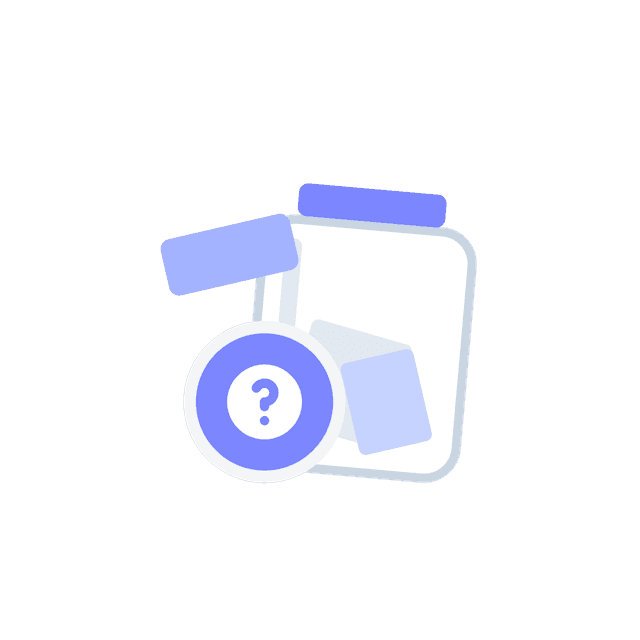Master 5. Innovation and design with International Baccalaureate (IB) Design Technology exam-style questions, flashcards, lessons, and notes. All resources are aligned with the International Baccalaureate (IB) syllabus and designed for both SL and HL students.







